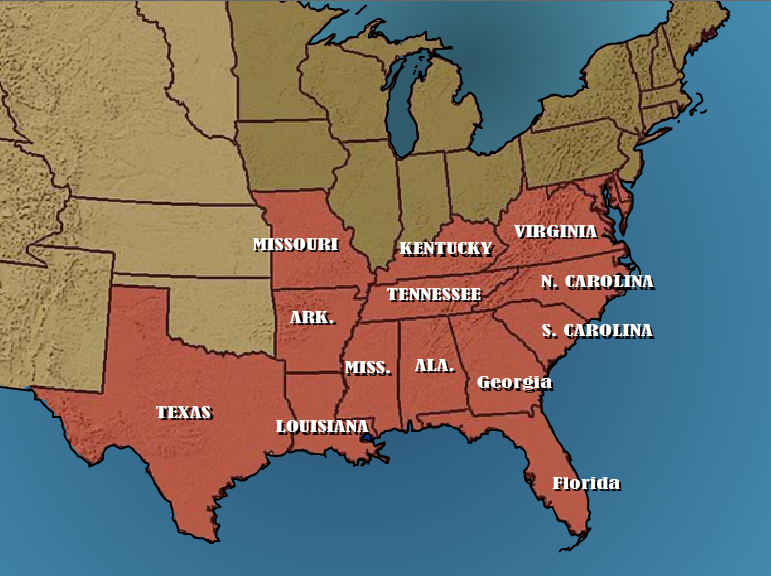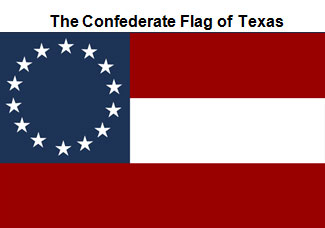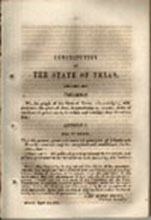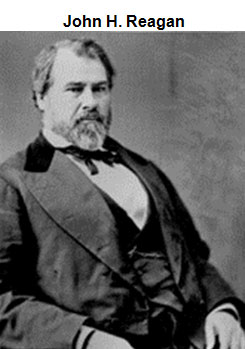The election of Abraham Lincoln as president sparked a movement that would change the course of American history. As promised, southern states began to secede from the Union. South Carolina was the first to do so, but the Confederates did not go quietly. The events that followed the state’s secession led to the beginning of the Civil War.
Click on the link below to watch a video about the path to the Civil War, and then answer the following questions about the video in your notes.
Interactive popup. Assistance may be required.
The two events that sparked the Civil War were the secession of the South and Lincoln’s resistance to the secession.
Interactive popup. Assistance may be required.
The Civil War started at Fort Sumter in South Carolina.
Several weeks after South Carolina seceded from the United States, five more states seceded: Georgia, Florida, Alabama, Mississippi, and Louisiana. These states became known as the Confederate States of America.
Texans also wanted to secede. Governor Sam Houston was opposed to the idea, after all; he worked hard for Texas’ annexation to the Union, however Texans refused to take no for an answer. Other state officials decided to call for a secession convention. On January 28, 1861, state delegates met in Austin. They voted in favor of Texas seceding from the Union. In February 1861, Texas citizens were able to vote on the issue, and the citizens voted overwhelmingly in favor of secession from the Union.
![]() Click on the newspaper to learn more.
Click on the newspaper to learn more.
By April of 1861, a total of 11 states had joined the Confederate States of America.
Map: The Confederate States of America


Source: CSA, Liberal Arts Instructional Technology, the University of Texas at Austin
Once Texas became part of the Confederacy, the political climate of Texas changed immediately. Governor Sam Houston refused to take the oath of the Confederacy. Houston was then removed from office.
Now a Confederate state, Texas needed to make another change. The Texas Constitution of 1845 reflected Texas’ admission to the United States. The Texas Constitution of 1861 reflected its admission to the Confederacy.

Source: 1861, Liberal Arts and Instructional Technology, University of Texas at Austin
Major Provisions of the Texas Constitution of 1861
Other political changes included the conversion of federal services to confederate services. For example, the federal government regulated post offices in Texas. This transition was easy; the confederate officials took over all postal services in each confederate state.

Source: r000098, Biographical Directory of the United States Congress
Confederate President Jefferson Davis appointed John H. Reagan, a Texas Democratic leader, Postmaster General of the Confederate States of America.
Federal military installations that remained in Texas slowly made the transition to confederate forts. Federal troops were forced out of Texas without bloodshed, initially. Transitioning federal troops and forts were made in all of the confederate states. However, when U.S. federal troops refused to leave Fort Sumter in South Carolina, the battle that ensued sparked the Civil War.